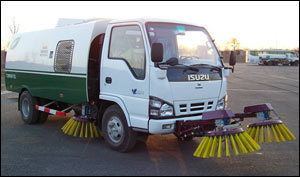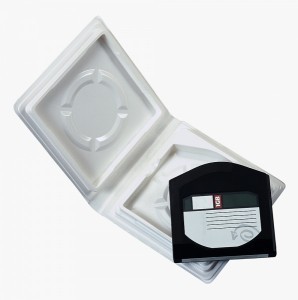Laser Disk Dimensions
Developed by MCA and Philips, the laser disk is an obsolete home video data storage format. It became the very first commercially known optical disc storage medium. In 1978, it was first marketed as Discovision. Later on, manufacturers sold and licensed it using other names like MCA DiscoVision, DiscoVision, Disco-Vision, Laservision, Laser Videodisc and Reflective Optical Videodisc. After that, Pioneer Electronics bought the format’s majority stake, which then marketed it as LaserDisc in the second half of the 1980s. In addition to these important facts, there are many other significant things to know about this format including the laser disk dimensions.
The Dimensions of a Laser Disk
A standard home video laser disk has a diameter of 11.81 inches or 30 centimeters. Each set is comprised of a couple of single-sided and plastic-layered aluminum discs. It made use of three different encoding formats depending on the preferred rotation speed. These are the Constant Angular Acceleration or CAA, the Constant Linear Velocity or CLV and the Constant Angular Velocity or CAV.
Some laser disks are smaller, with a diameter of 7.9 inches or 20 centimeters. Each side can run for 20 minutes. This particular kind of disc is good for music video compilations, such as the case of Bananarama’s “Video Singles” and Bon Jovi’s “Breakout.” At some point, 4.7-inch or 12-centimeter discs were also released. They were called Video Single Discs (VSD) and CD Video (CD-V). The CD-V can actually store a maximum 5 minutes of video content or up to 20 minutes of digital audio CD tracks.
Additional Facts and Other Important Details
In order to understand the value and importance of this home video disc format, it is good to look at its different advantages and disadvantages. One of its major benefits is that it gives the operator easier control over the playback process. Next, it has no user-prohibited options. Using CAV laser disks, it is possible to go directly to various individual frames just be entering the appropriate number of frame right into the keypad of the remote.
In 1958, David Paul Gregg invented the use of a transparent disc. The laser disk technology was first introduced commercially on December 15, 1978. In that same year, “Jaws” became the very first laser disk title released in North America. In 2000, the final two titles released for this format were “Bringing Out the Dead” and “Sleepy Hollow.” Pioneer stopped the production of laser disks on January 14, 2009. The company sold more than 9.5 million disks since its inception.





